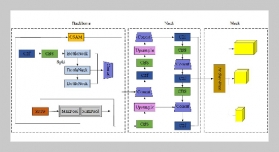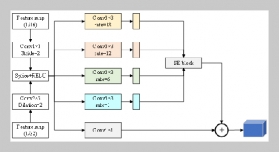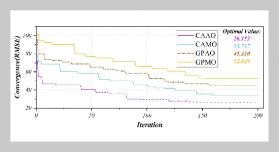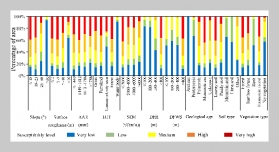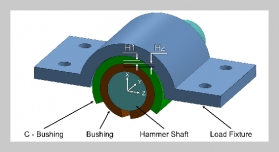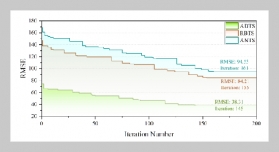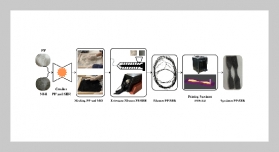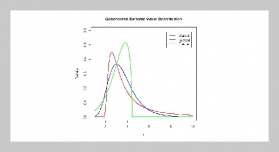Shoukat Ali1 , Howard Jay Siegel1 , Muthucumaru Maheswaran This email address is being protected from spambots. You need JavaScript enabled to view it.2 , Debra Hensgen This email address is being protected from spambots. You need JavaScript enabled to view it.3 , and Sahra Ali1 1School of Electrical and Computer Engineering, Purdue University, West Lafayette, IN 47907-1285 USA
2Department of Computer Science, University of Manitoba, Winnipeg, MB R3T 2N2 Canada
3OS Research and Evaluation OpenTV, Mountain View, CA 94043 USA
Received:
March 1, 2000
Accepted:
September 1, 2000
Publication Date:
September 1, 2000
Download Citation:
||https://doi.org/10.6180/jase.2000.3.3.09
A distributed heterogeneous computing (HC) system consists of diversely capable machines harnessed together to execute a set of tasks that vary in their computational requirements. Heuristics are needed to map (match and schedule) tasks onto machines in an HC system so as to optimize some figure of merit. An HC system model is needed to simulate different HC environments to allow the study of the relative performance of different mapping heuristics under different circumstances. This paper characterizes a simulated HC environment by using the expected execution times of the tasks that arrive in the system on the different machines present in the system. This information is arranged in an “expected time to compute” (ETC) matrix as a model of the given HC system, where the entry (i, j) is the expected execution time of task i on machine j. The ETC model is used to express the heterogeneity among the runtimes of the tasks to be executed, and among the machines in the HC system. An existing range-based technique to express heterogeneity in ETC matrices is described. A coefficient-of-variation based technique to express heterogeneity in ETC matrices is proposed, and compared with the range-based technique. The coefficient-of-variation-based ETC generation method provides a greater control over the spread of values (i.e., heterogeneity) in any given row or column of the ETC matrix than the range-based method.ABSTRACT
Keywords:
distributed computing, heterogeneous computing, workload characterization, modeling computer systems heterogeneity, modeling workload heterogeneity, cluster computing, grid computing
REFERENCES



